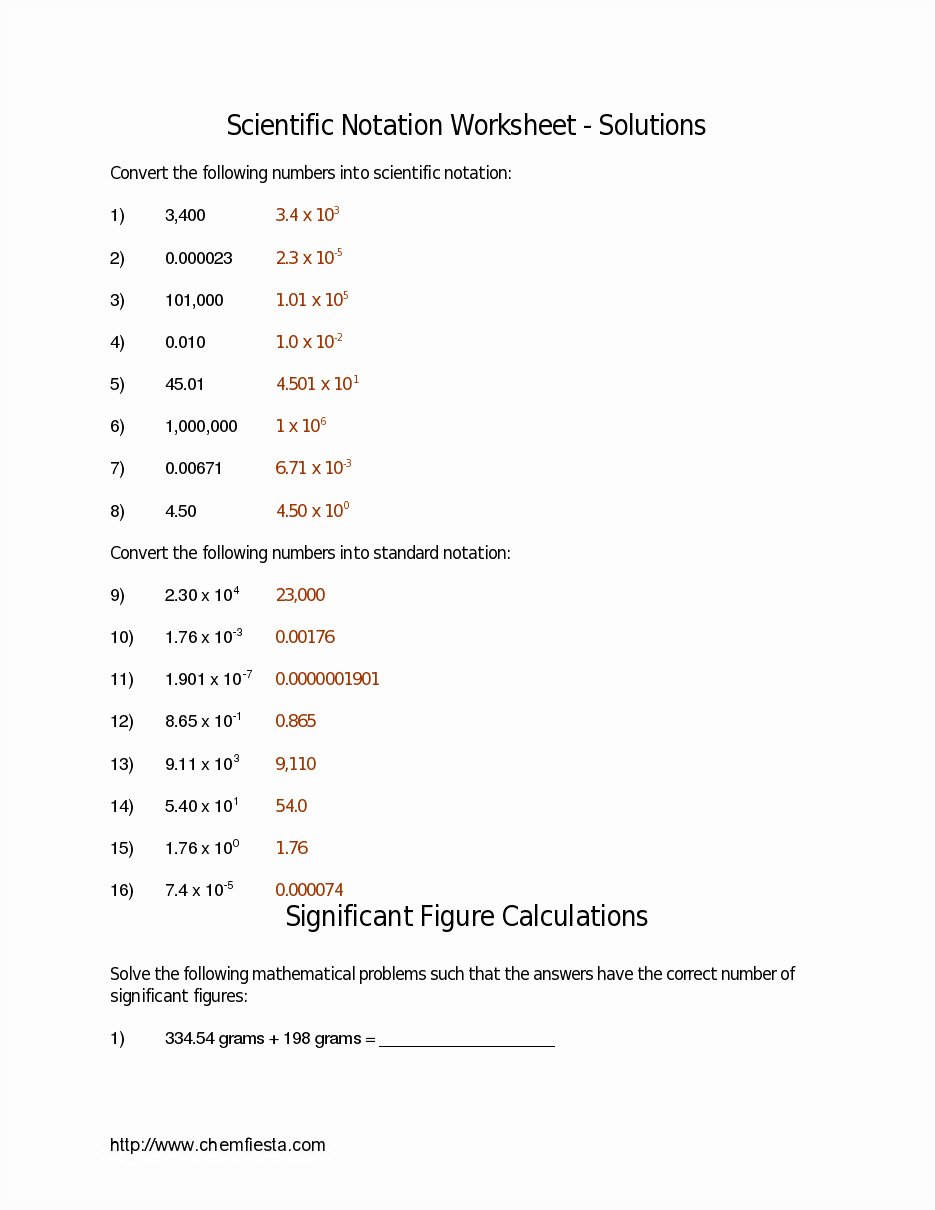Significant figures are an important concept in chemistry and other scientific disciplines. They represent the precision of a measurement and indicate the number of digits that are reliable. Understanding significant figures is crucial for accurately reporting measurements and calculations.
A significant figures worksheet is a helpful tool for practicing and mastering this concept. It typically includes a series of problems involving measurements and calculations, where students must identify and apply the rules for determining significant figures. These worksheets provide hands-on practice that reinforces the principles of significant figures and helps students develop confidence in their ability to use them correctly.
When working on a significant figures worksheet, students must pay attention to several key rules. One of the most important rules is that all non-zero digits are considered significant. This means that numbers like 1, 2, 3, 4, 5, 6, 7, 8, and 9 are always significant, regardless of their position in the number.
Another rule to remember is that zeros between non-zero digits are also significant. For example, in the number 501, there are three significant figures. Leading zeros, however, are not considered significant. For instance, in the number 0.0042, only the digits 4 and 2 are significant.
When performing calculations with significant figures, the final answer should be rounded to match the least number of significant figures in the original numbers. This ensures that the precision of the result is consistent with the precision of the measurements used in the calculation.
In conclusion, a significant figures worksheet is a valuable tool for practicing and reinforcing the rules of significant figures. By working through problems and applying these rules, students can improve their understanding of this important concept and develop the skills needed to accurately report measurements and calculations in scientific work.
